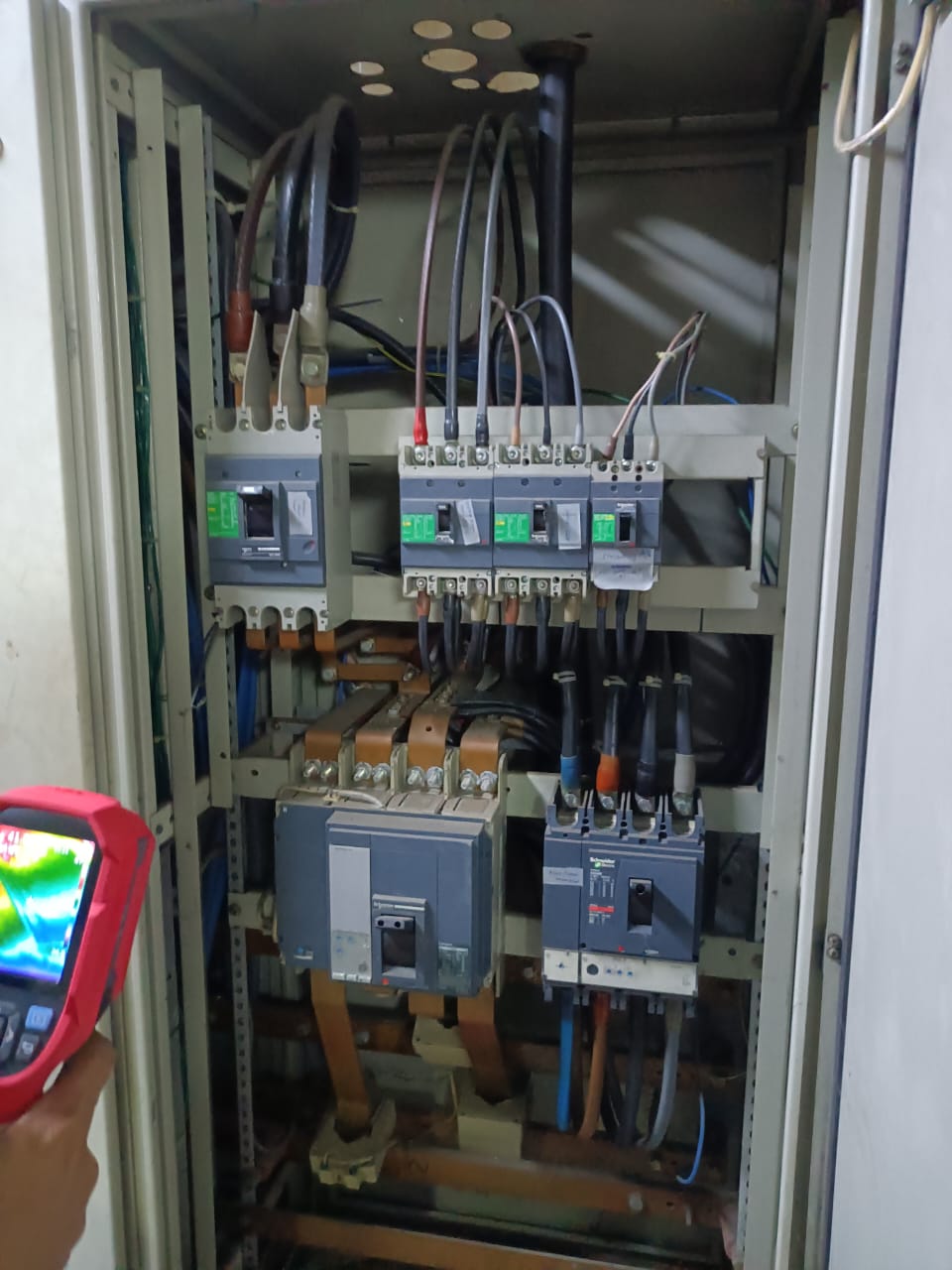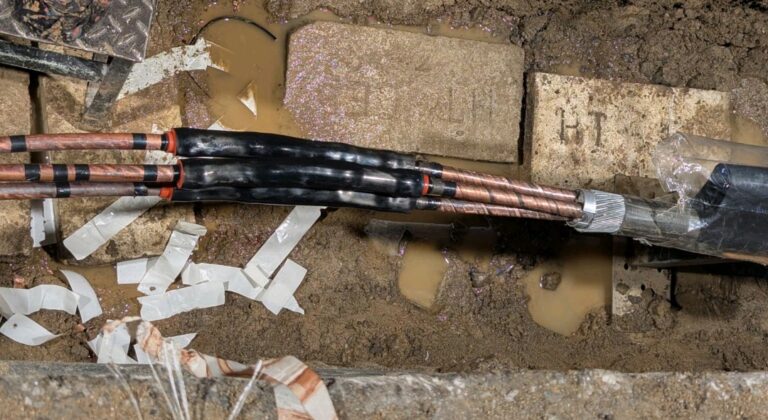
MCCB
When selecting a circuit breaker, several critical factors must be considered to ensure it meets the specific needs of your electrical system.
Current Rating (Ampacity)
Definition: The maximum continuous current the circuit breaker can carry without tripping.
Importance: Ensures the breaker can handle the expected load without unnecessary interruptions.
How to Choose: Match the current rating to the maximum expected load of the circuit it will protect.
Voltage Rating
Definition: The maximum voltage the circuit breaker can safely interrupt.
Importance: The voltage rating must match or exceed the system voltage to ensure proper operation and safety.
How to Choose: Ensure the breaker’s voltage rating corresponds to the system voltage (e.g., 230V, 400V).
Breaking Capacity (Interrupting Rating)
Definition: The maximum fault current the breaker can safely interrupt without damage.
Importance: Critical for protecting the system during short circuits or other high-current faults.
How to Choose: Choose a breaker with a breaking capacity that exceeds the maximum prospective short-circuit current at the installation point.
Types of Circuit Breaker
How to Choose: Select the type based on the application’s current and protection requirements.
Common Types:
MCB (Miniature Circuit Breaker): For low current, residential and small commercial use.
MCCB (Molded Case Circuit Breaker): -For higher current, industrial and large commercial use.
RCCB/RCBO (Residual Current Circuit Breaker/Breaker with Overcurrent Protection): For earth fault protection and combined overload protection.
ACB (Air Circuit Breaker): For high-current industrial applications.
Trip Characteristics (Curve Type)
Definition: The relationship between the time it takes for a breaker to trip and the level of overcurrent.
How to Choose: Match the trip curve to the type of load and potential inrush currents in the circuit.
Common Curves:
- Type B: Trips at 3-5 times the rated current, for resistive loads like lighting.
- Type C: Trips at 5-10 times the rated current, for inductive loads like motors.
- Type D: Trips at 10-20 times the rated current, for high inrush current loads.

Miniature Circuit Breaker (MCB)
MCBs are widely used in residential and commercial electrical systems to protect against overloads and short circuits.
They are compact, reliable, and available in various trip curves to suit different load types.
Typical Range: 0.5A to 125A.
Common Uses: Lighting, general power outlets, and small appliances.
Trip Curves:-
Type B: Trips at 3-5 times the rated current, ideal for lighting circuits.
Type C: Trips at 5-10 times the rated current, suitable for general-purpose loads like socket outlets.
Type D: Trips at 10-20 times the rated current, used for devices with high inrush currents like motors.
Residual Current Circuit Breaker (RCCB)
RCCBs provide crucial protection by detecting earth faults and preventing electric shocks.
They are essential in environments where electrical safety is a priority.
Typical Range: 16A to 100A.
Common Uses: Residential homes, wet environments like bathrooms and kitchens, and outdoor circuits.
Sensitivity Options:-
30mA: Provides personal protection by detecting small leakage currents.
100mA-300mA: Used for equipment protection and fire prevention, particularly in commercial settings.
Residual Current Circuit Breaker with Overcurrent Protection (RCBO)
RCBOs offer the combined protection of RCCBs and MCBs, guarding against both earth faults and overcurrent in a single unit, making them highly efficient for residential and commercial applications. Typical Range: 16A to 100A.
Common Uses: Individual circuits where both overload and earth fault protection are needed, such as kitchen appliances or bathroom circuits.
Trip Curves: Similar to MCBs, RCBOs are available in B, C, and D curves to suit different types of loads.
Sensitivity: Typically 30mA for personal protection.
Molded Case Circuit Breaker (MCCB)
MCCBs provide protection for larger low voltage circuits in commercial and industrial settings.
They offer adjustable trip settings and can handle higher currents compared to MCBs. Typical Range: 16A to 1600A.
Common Uses: Industrial machinery, large HVAC systems, and commercial power distribution.
Settings Information:
Adjustable Thermal and Magnetic Trips: MCCBs allow users to fine-tune the protection settings to match specific load requirements:
Thermal Trip: Protects against continuous overloads.
Magnetic Trip: Provides instant protection against short circuits, typically set at 5-10 times the breaker’s rated current.
Air Circuit Breaker (ACB)
Low voltage ACBs are used in commercial and industrial power distribution systems to protect large-scale electrical installations.
They are robust, offer adjustable settings, and can handle high currents.
Typical Range: 800A to 6300A.
Common Uses: Large commercial buildings, industrial plants, and power distribution centers.
Settings Information:
Adjustable Long-Time and Short-Time Delays: These settings help in managing overloads and transient conditions without unnecessary trips. Instantaneous Trip Setting: Provides immediate response to high-level faults, ensuring
protection of sensitive equipment.
Choosing the Right Circuit Breaker
Selecting the right low voltage circuit breaker involves understanding your specific needs and the appropriate settings for optimal protection.
Whether for residential, commercial, or industrial use, these breakers ensure your system operates safely and efficiently.
#LowVoltage #CircuitBreakers
